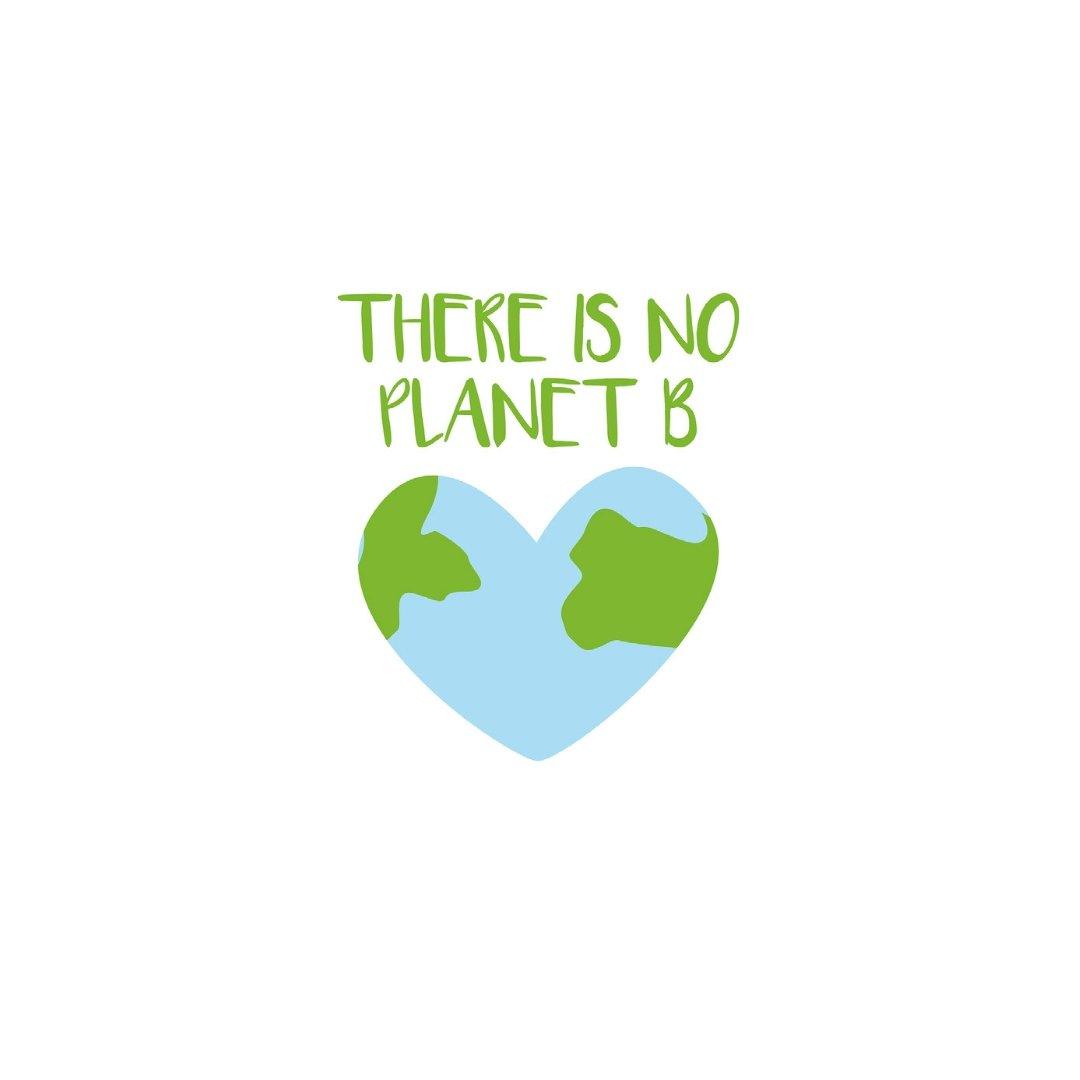News reports on any given day are revealing the climate crisis is happening at an unprecedented rate. Given the seemingly dismal reality, defeatism won't get us anywhere when it comes to making a positive environmental impact. Making eco-friendly choices such as conserving energy and using less water are earth-friendly habits you can start off with!
Need a jump start? We created these strategies to help the environment starting today, with incorporating a few of these simple day-to-day strategies to get started with.
Ride the bus or bike to work

Some Americans have swapped out their cars for eco-friendly modes of transportation such as walking, biking, and public transportation. Along with saving money on rising gas prices, leaving the care at home also reduces the amount of dangerous greenhouse gases (which are responsible for a large chunk of climate change) we release into the environment. Another powerful way to minimize the environmental impact of driving is to opt for a more eco-friendly vehicle.
Reduce food waste

On social media, it seems like everyone talks about how much food we eat, but what about the food we don’t eat? Did you know that Americans toss out 133 billion pounds of food each year? That means about 40 percent of our food supply goes straight into the trash! Instead of the food helping to end global hunger, that wasted food usually ends up in landfills where it eventually turns into a destructive greenhouse gas called methane. In addition, wasting food also squanders resources (like water and energy) that went into the production of that food.
Here are some easy ways to shop and eat more efficiently to waste less food:
1. Make weekly meal plans
Tackling the aisles armed with a planned list can avoid a cart overloaded with items that will ultimately end up in the trash. Planning out the whole week’s meals in advance while help you figure out what ingredients each recipe requires so there shouldn’t be much food left over!
2. Donate to your local food bank
Find a local food bank and ask what kinds of food donations they accept! This is a great way of clearing out pantry items that you're not using, and could go to waste.
3. Understand expiration dates
The expiration dates of food actually refer to the product’s quality, not its safety. And there’s a difference between “sell-by” (the deadline for retailers to sell the product) and “use-by” (the date when the product starts to lose its quality and flavor.)
There are a few techniques can help extend the shelf life of everything in the kitchen. One is to keep the fridge and freezer cool enough — 40°F (4°C) and 0°F (-18°C), respectively — and unpack groceries as soon as you get home from the store.
4. Learn to love leftovers
Who wants to eat the same lasagna 5 nights straight? Still, throwing away leftovers just to avoid boredom isn’t the most eco-friendly option. Instead, breathe new life into those old meals!
Experiment by making new dishes with whatever is in your fridge such as a roasted turkey easily transforms into next-day turkey sandwiches, chili, or tetrazzini.
Or, freeze leftovers and eat them down the road. Soups and stews can stay on ice for up to 6 months, and leftover meat and poultry can keep them company in the freezer for just as long.
5. Try composting
Composting means recycling nutrients back into the ecosystem, which keeps food out of landfills and waterways while making the garden greener. Some communities have local composting programs. Or, start your own compost indoors.
6. Take it home
As restaurant portions swell to epic sizes it’s getting harder and harder for some of us to lick our plates clean. Or order smaller portions like an appetizer instead of an entrée and save the planet, and some calories in the process!
Reduce plastic consumption

Disposable plates, plastic forks, and on-the-go condiment packets are small, but they add up. Food packaging and containers create 39 million tons of waste annually — nearly one quarter of solid waste produced in the United States alone. Not to mention a lot of those disposable containers end up in landfills, releasing more methane into the air.
The good news is that many companies are becoming aware of the excess plastic, and taking steps to reduce it - and individuals can pitch in too!
1. Reusable cups
Did you know that Starbucks goes through 8,000 paper cups a minute, which adds up to more than 4 billion cups a year?
Toting a reusable travel cup can make a big difference and Starbucks (and some other coffee retailers) will give you a discount if you bring your own cup!
2. Buy in bulk
Buying non-perishable foods in bulk is great for your wallet and the environment, too. Purchasing pasta, cereal, and nuts in large quantities uses less plastic than purchasing each item pre-packaged.
3. Banish plastic bags for produce + packaged products
Did you know that experts estimate it may take as long as 1,000 years for plastic to break down? When turtles and other sea critters get their fins on these plastic bags, they sometimes mistake them for food, with fatal results. Buy fruit and veggies loose or use a disposable bag from home. Try to buy other foods with minimal packaging (like cereal that’s housed in just a bag, not a bag and a box).
If you do choose packaged products, check the label to see if the packaging was made from recycled materials. And be sure to recycle or reuse (see the next tip) any cardboard, paper, or plastic packaging when you’re done with it.
Recycle + Reuse

It may be tempting to toss every juice bottle and peanut butter jar, but you can easily repurpose plastic and glass in your home! Think of them as free containers to plant seeds in, store the rice, nuts, and other bulk goods you stocked up on!
Go Green

More and more Americans have taken eating into their own hands by growing their own food. An estimated 1 in 3 U.S. households are flexing their green thumbs. Millennials in particular are jumping on the home gardening bandwagon, and has a number of benefits!
For one thing, it saves on the other kind of green (and your wallet will thank you), and people who grow their food without pesticides and herbicides spare the planet from at least some air and water pollution.
While cultivating a hydroponic or backyard garden might be ideal, and apartment dwellers can grow herbs on a windowsill or tomatoes in an indoor planter.
Bottom line
Saving the planet seems like an impossible task. But if everyone does just a little bit, bringing their own bags to the store or walking to work, over time, these small changes will add up to a big impact on the environment.
No effort is too trivial — so pick one of these new habits and take action today!



